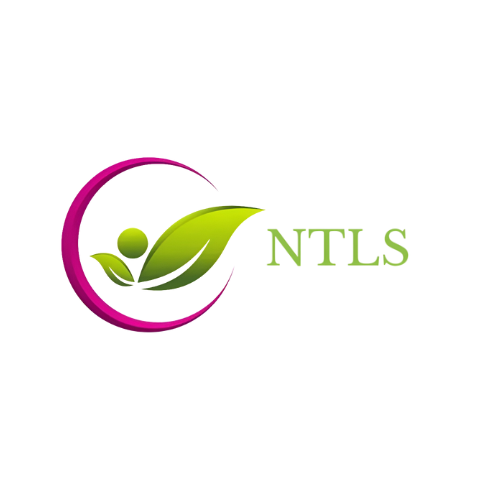Cosmetovigilance and Market surveillance
The 2006 European resolution has laid the ground work for a Cosmetovigilance system based on case notifications. With the introduction of the cosmetic regulation in 2013, stricter quality standards were implemented, surpassing those set by the 1976 legislation. The primary objective of these regulations is to safeguard consumer safety during the use of cosmetic products.
The new European regulation requires that serious undesirable effects reported to the competent authority should be transmitted to the competent authorities of the other Member States and to the person responsible for the cosmetic product.
Cosmetovigilance makes it possible to rule out or control potentially hazardous ingredients placed on the market.
Under the Cosmetics Regulation EC No1223/2009, the system of Cosmetovigilance, whereby serious undesirable effects must be reported to the Responsible Person and relevant authorities, ensures that the safety of cosmetic products placed on the EU market is monitored throughout Europe.
The implementation of a successful market surveillance programme can determine, in part, the success or failure of a cosmetic product. Companies and competent Authorities are engaged in monitoring the safety of products on the market by performing appropriate checks of cosmetic products all along their lifecycle.
This is done through the product information file and, where appropriate, physical and laboratory checks on the basis of adequate samples. Member states must also monitor compliance with the principles of good manufacturing practices or ISO 22716.
Reviews and assessments of the work of the market surveillance authorities must be carried out at least every four years.
As a solution, we offer:
- Collect, evaluate with MD support, and monitor spontaneous reports of undesirable events during normal use of cosmetic products once introduced to the market
- Ensure compliance with cosmetic regulations and Offer 24/7 surveillance
- Establish a comprehensive reporting system for adverse incidents in liaison with the manufacturer whether to make use of NTLS SOPs or client’s SOPs
- Manage and analyze the impact of regulatory changes
- Review and validate labelling and promotional tools impacted by adverse reactions
- Interact proactively with regulatory Authorities as necessary

Get in Touch
Have questions or need expert guidance on regulatory compliance? We’re here to help! Contact us today to discuss how NTLS can support your business.
